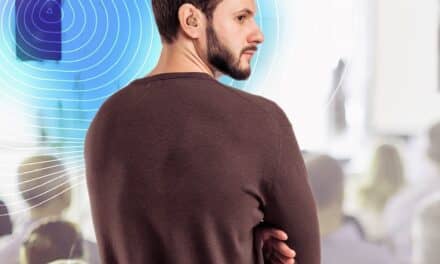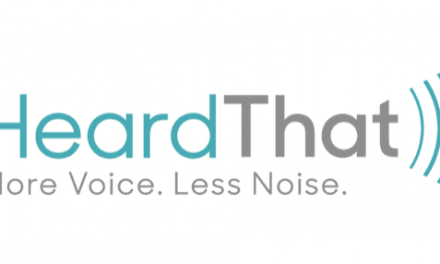Dear Editor:
In my previous letter in The Hearing Review (March 26, 2019), I wrote about how New York state law now requires hearing care professionals to inform consumers of the benefits of telecoil technology, looped environments, and assistive listening devices. Back in 2019, only 5 other states (Florida, Arizona, Rhode Island, Utah, and Delaware) had similar telecoil requirements, though consumers were working in several other states to change dispensing laws to require more extensive counseling on assistive listening technology and ADA accessibility.
In only 2 years, states requiring hearing care professionals to inform consumers of the benefits of telecoil technology, looped environments, and assistive listening devices have increased to 12, along with two major metropolitan areas. Thus, the total number of states having passed telecoil or other assistive device related legislation include (for a full list and more detailed information, click here):
- Arizona
- California
- Colorado City of Fort Collins, Colorado
- Delaware
- Florida
- Indiana
- Maryland
- Maryland-Baltimore County
- Minnesota
- New Mexico
- New York
- New York City
- Rhode Island
- Utah
- Washington
At the time of my writing, over 70% of all fittings are RIC/RITE products. While almost all have Bluetooth, none came with an on-board telecoil in a rechargeable RIC/RITE device. For conscientious hearing care providers, the hearing industry made it difficult to educate consumers, provide complete product information, and discuss telecoils when no flagship hearing aids came with built-in telecoils.
Related Post: NY/NJ Port Authority Mandates Loops, by Steve Frazier
Good News: The times they are a-changing for audiologists and hearing instrument specialists who want to offer their patients it all.
Enter what could be called “Superfecta” hearing aids: Instruments that come in a cosmetically pleasing small RIC/RITE form-factor, are rechargeable, equipped with wireless connectivity (to smartphones, remote mics and TV streamers) as well as a built-in telecoil. Kudos to those manufacturers who made this possible and thank you for listening.
Related Article: Telecoils and Hearing Loops: An Interview with Juliëtte Sterkens, AuD
While Bluetooth is terrific technology that provides the consumer with useful one-to-one paired connection to cellphone, remote mic and TV transmitter, the hearing aid user also needs to hear in theaters, places of worship, and other public venues. The telecoil is still the only technology (and experts predict for at least another 10-15 years) that helps consumers to access ADA mandated assistive listening systems—be they FM or IR systems—with neck loops or the consumer-preferred hearing loops. The good news is that the installation of hearing loop systems continues to increase: To find loops in your area visit: Time2LoopAmerica.com.
Surveys show that having access to a telecoil improves consumers satisfaction with their hearing aids and that’s good news for everyone concerned. —Robert Bishton, BC-HIS, Hamilton Hearing, LLC / New Hartford Hearing Center






Public Loops are my LEAST use for t-coils (Church only). I use them FREQUENTLY via a neck-loop plugged into my PC, TV, HiFi AND wireless mic receiver! I also have placed numerous “counter loops” in libraries and the like.